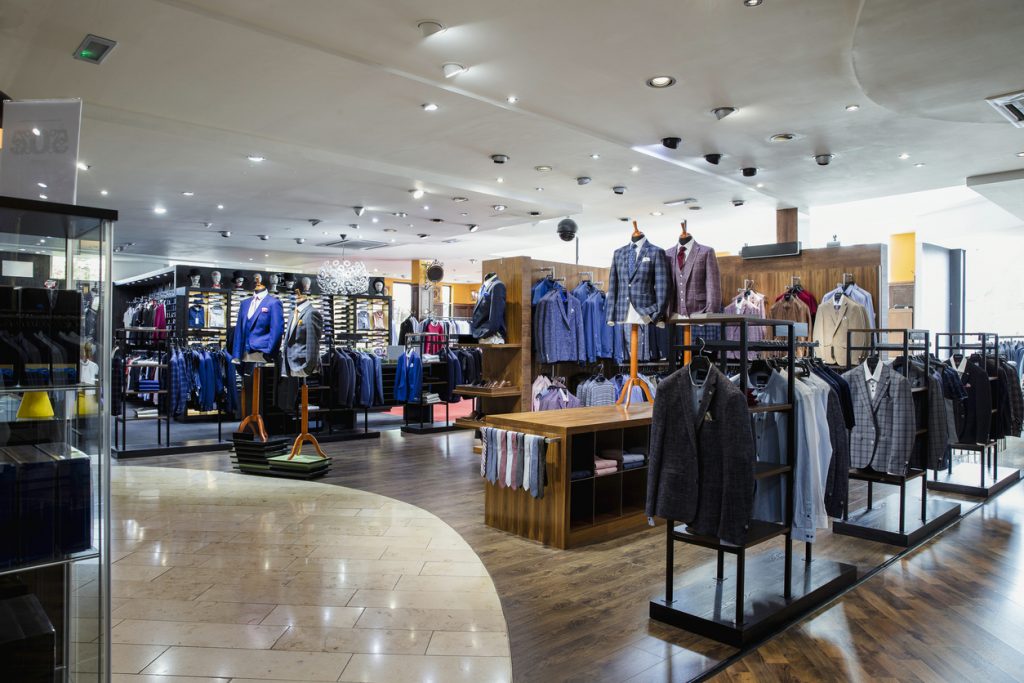When it comes to protecting and enhancing the look of your kitchen table, there are two popular options: polyurethane and shellac. Both finishes have their own unique qualities and benefits, making it a tough decision for homeowners. In this article, we will compare and contrast these two finishes to help you determine which one is better for your kitchen table.1. Polyurethane vs Shellac: Which Is Better for Your Kitchen Table?
Polyurethane is a type of synthetic resin that is commonly used for wood finishes. It is known for its durability and resistance to water, stains, and scratches. This makes it a popular choice for kitchen tables, where spills and messes are bound to happen. However, polyurethane can also be quite difficult to apply and can result in a plastic-like look on your table. Additionally, it may take longer to dry and can emit strong fumes during application.2. The Pros and Cons of Using Polyurethane on Your Kitchen Table
Shellac, on the other hand, is a natural resin that comes from the lac beetle. It is a traditional finish that has been used for centuries and is known for its beautiful, glossy finish. It is also easy to apply and dries quickly. However, shellac is not as durable as polyurethane and may not hold up well against heat and water. It also requires regular maintenance and may need to be reapplied every few years.3. Shellac vs Polyurethane: Which Finish Should You Choose for Your Kitchen Table?
To apply polyurethane to your kitchen table, you will need to sand the surface of the table to remove any previous finishes and create a smooth surface. Then, using a brush or rag, apply thin and even coats of polyurethane, allowing each coat to dry before applying the next one. Once the final coat has dried, lightly sand the surface with fine-grit sandpaper and wipe off any dust before applying a final coat for a smooth and durable finish.4. How to Apply Polyurethane to Your Kitchen Table for a Durable Finish
Shellac has been used for centuries for its beautiful, glossy finish. It is also easy to apply and dries quickly, making it a great option for those who want a quick and easy finish for their kitchen table. Additionally, shellac is a natural and eco-friendly option, making it a popular choice for those who are environmentally conscious.5. The Benefits of Using Shellac on Your Kitchen Table
When it comes to heat and water resistance, polyurethane is the clear winner. Its synthetic properties make it more durable and resistant to these elements. However, shellac can still hold up well against everyday use and spills, as long as it is properly maintained and reapplied when needed.6. Polyurethane vs Shellac: Which Is More Resistant to Heat and Water?
When choosing between polyurethane and shellac for your kitchen table, consider your personal preferences and the level of durability and maintenance you are looking for. If you want a long-lasting and durable finish, polyurethane may be the best option. But if you want a more natural and traditional finish, shellac may be the way to go.7. Tips for Choosing the Right Finish for Your Kitchen Table: Polyurethane vs Shellac
Before applying any finish to your kitchen table, it is important to properly prepare the surface. This includes sanding the table to remove any old finishes and creating a smooth surface, as well as cleaning and degreasing the table to ensure the finish adheres properly. It is also recommended to test the finish on a small, inconspicuous area first to ensure you are happy with the results.8. How to Prep Your Kitchen Table for a Polyurethane or Shellac Finish
Aside from their durability and application processes, there are a few other key differences between polyurethane and shellac. Polyurethane has a more plastic-like appearance, while shellac has a more natural and warm look. Additionally, polyurethane can be purchased in both water-based and oil-based forms, while shellac is typically only available in its traditional form.9. The Differences Between Polyurethane and Shellac for Your Kitchen Table
To maintain your kitchen table with a polyurethane finish, it is important to regularly clean it with a gentle cleaner and avoid using harsh chemicals or abrasive materials. If the finish starts to look dull or worn, you can lightly sand the surface and apply a new coat of polyurethane. For shellac finishes, regular maintenance may involve reapplying the finish every few years to maintain its luster and protect the wood. In conclusion, both polyurethane and shellac have their own unique qualities and benefits when it comes to finishing your kitchen table. Consider your personal preferences and the level of durability and maintenance you are looking for in a finish before making your decision. With the right care and maintenance, either of these finishes can help protect and enhance the look of your kitchen table for years to come.10. How to Maintain and Refinish a Kitchen Table with Polyurethane or Shellac
The Pros and Cons of Using Polyurethane and Shellac on Your Kitchen Table

Why Choosing the Right Finish is Important for Your Kitchen Table
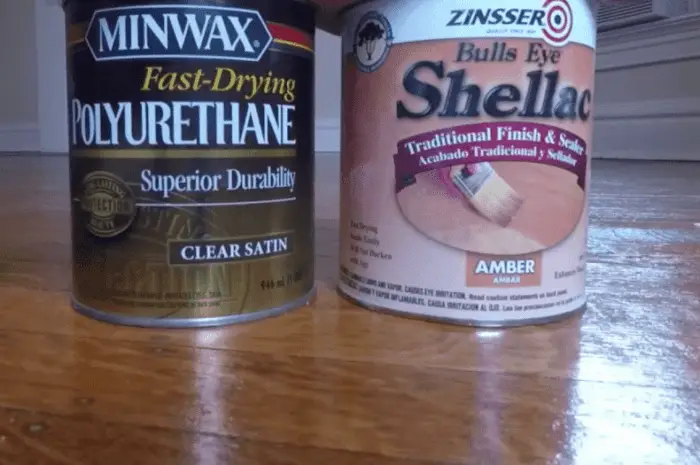 When it comes to designing your kitchen, the table is often the centerpiece of the room. It's where meals are shared, memories are made, and conversations flow. That's why choosing the right finish for your kitchen table is crucial. Not only does it need to be durable and able to withstand spills and scratches, but it also needs to enhance the overall aesthetic of the space. In this article, we will discuss the two most popular finishes for kitchen tables - polyurethane and shellac - and weigh the pros and cons of each.
When it comes to designing your kitchen, the table is often the centerpiece of the room. It's where meals are shared, memories are made, and conversations flow. That's why choosing the right finish for your kitchen table is crucial. Not only does it need to be durable and able to withstand spills and scratches, but it also needs to enhance the overall aesthetic of the space. In this article, we will discuss the two most popular finishes for kitchen tables - polyurethane and shellac - and weigh the pros and cons of each.
The Benefits of Using Polyurethane
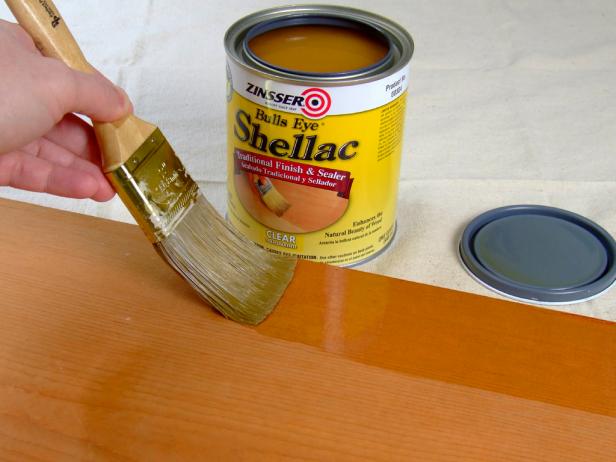 Polyurethane is a synthetic finish that creates a hard, protective coating on the surface of the wood. It is known for its durability and resistance to scratches, heat, and moisture. This makes it a great option for kitchen tables that are heavily used and prone to spills. Polyurethane also comes in a variety of finishes, from glossy to matte, allowing you to choose the perfect look for your kitchen. Additionally, it is easy to apply and dries quickly, making it a popular choice for DIY projects.
However, polyurethane does have its downsides.
One of the main drawbacks is that it can give off a strong, chemical odor during the application process. This can be unpleasant and may require proper ventilation in your kitchen. Another issue is that polyurethane can be difficult to repair if it gets damaged. It may require sanding and refinishing the entire table, which can be time-consuming and costly.
Polyurethane is a synthetic finish that creates a hard, protective coating on the surface of the wood. It is known for its durability and resistance to scratches, heat, and moisture. This makes it a great option for kitchen tables that are heavily used and prone to spills. Polyurethane also comes in a variety of finishes, from glossy to matte, allowing you to choose the perfect look for your kitchen. Additionally, it is easy to apply and dries quickly, making it a popular choice for DIY projects.
However, polyurethane does have its downsides.
One of the main drawbacks is that it can give off a strong, chemical odor during the application process. This can be unpleasant and may require proper ventilation in your kitchen. Another issue is that polyurethane can be difficult to repair if it gets damaged. It may require sanding and refinishing the entire table, which can be time-consuming and costly.
The Advantages of Shellac for Your Kitchen Table
 Shellac is a natural finish made from the resin of the lac beetle, making it a more environmentally friendly option compared to polyurethane. It creates a warm, amber tone on the wood and is known for its ability to enhance the natural beauty of the wood grain. Shellac is also easy to apply and dries quickly, making it a convenient choice for those who want to finish their kitchen table in a shorter amount of time.
On the other hand, shellac may not be as durable as polyurethane.
It is more susceptible to scratches and water damage and may need to be reapplied more frequently. It also has a lower heat resistance, so caution must be taken when placing hot dishes on the table. Additionally, since it is a natural finish, it may not be suitable for those with allergies or sensitivities to certain chemicals.
Shellac is a natural finish made from the resin of the lac beetle, making it a more environmentally friendly option compared to polyurethane. It creates a warm, amber tone on the wood and is known for its ability to enhance the natural beauty of the wood grain. Shellac is also easy to apply and dries quickly, making it a convenient choice for those who want to finish their kitchen table in a shorter amount of time.
On the other hand, shellac may not be as durable as polyurethane.
It is more susceptible to scratches and water damage and may need to be reapplied more frequently. It also has a lower heat resistance, so caution must be taken when placing hot dishes on the table. Additionally, since it is a natural finish, it may not be suitable for those with allergies or sensitivities to certain chemicals.
Making the Right Choice for Your Kitchen Table
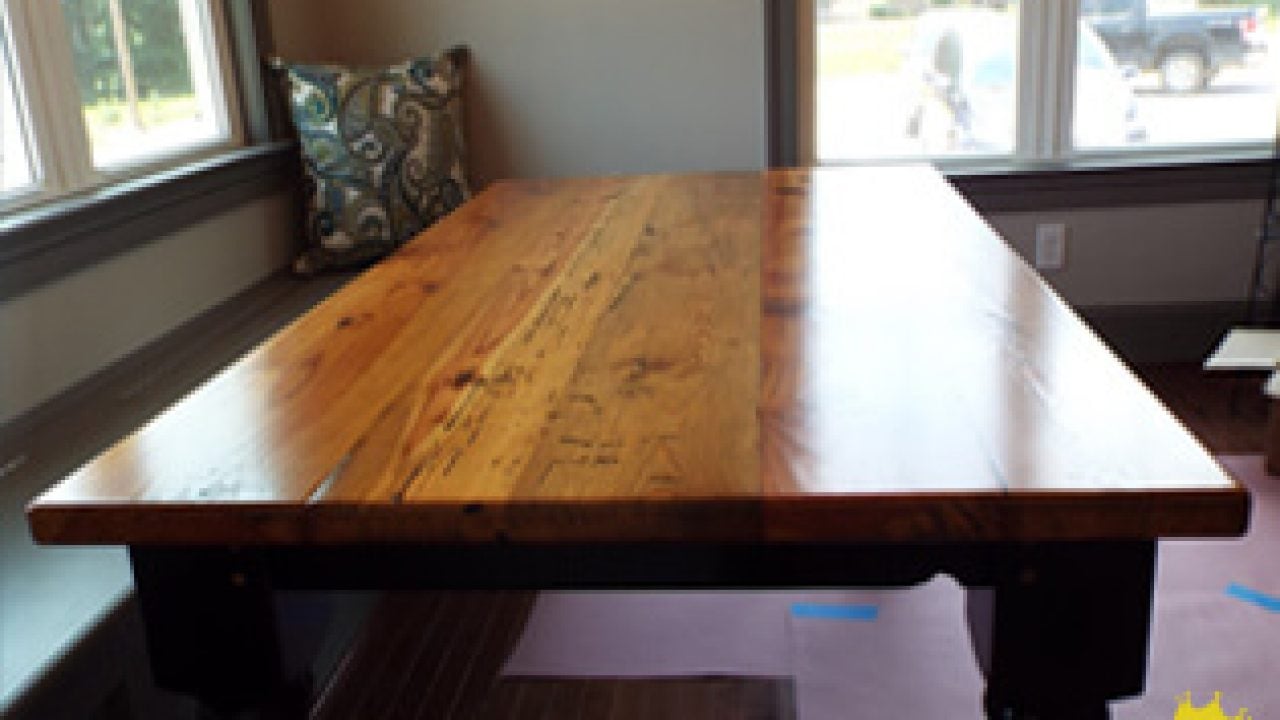 When it comes down to it, the best finish for your kitchen table will ultimately depend on your personal preferences and needs. If you want a long-lasting, sturdy finish that can withstand heavy use, polyurethane may be the way to go. But if you prefer a more natural and environmentally-friendly option and don't mind a little extra maintenance, shellac may be the better choice for you. Regardless of which finish you choose, be sure to properly prepare and apply it according to the manufacturer's instructions for the best results. With the right finish, your kitchen table will not only look beautiful but also stand the test of time.
When it comes down to it, the best finish for your kitchen table will ultimately depend on your personal preferences and needs. If you want a long-lasting, sturdy finish that can withstand heavy use, polyurethane may be the way to go. But if you prefer a more natural and environmentally-friendly option and don't mind a little extra maintenance, shellac may be the better choice for you. Regardless of which finish you choose, be sure to properly prepare and apply it according to the manufacturer's instructions for the best results. With the right finish, your kitchen table will not only look beautiful but also stand the test of time.











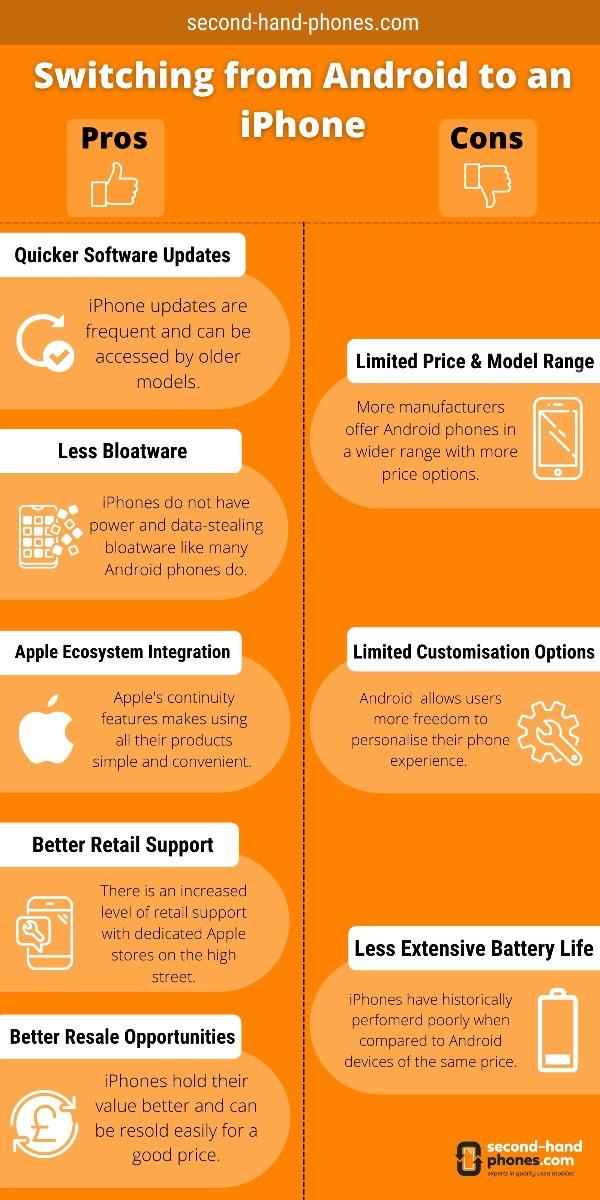


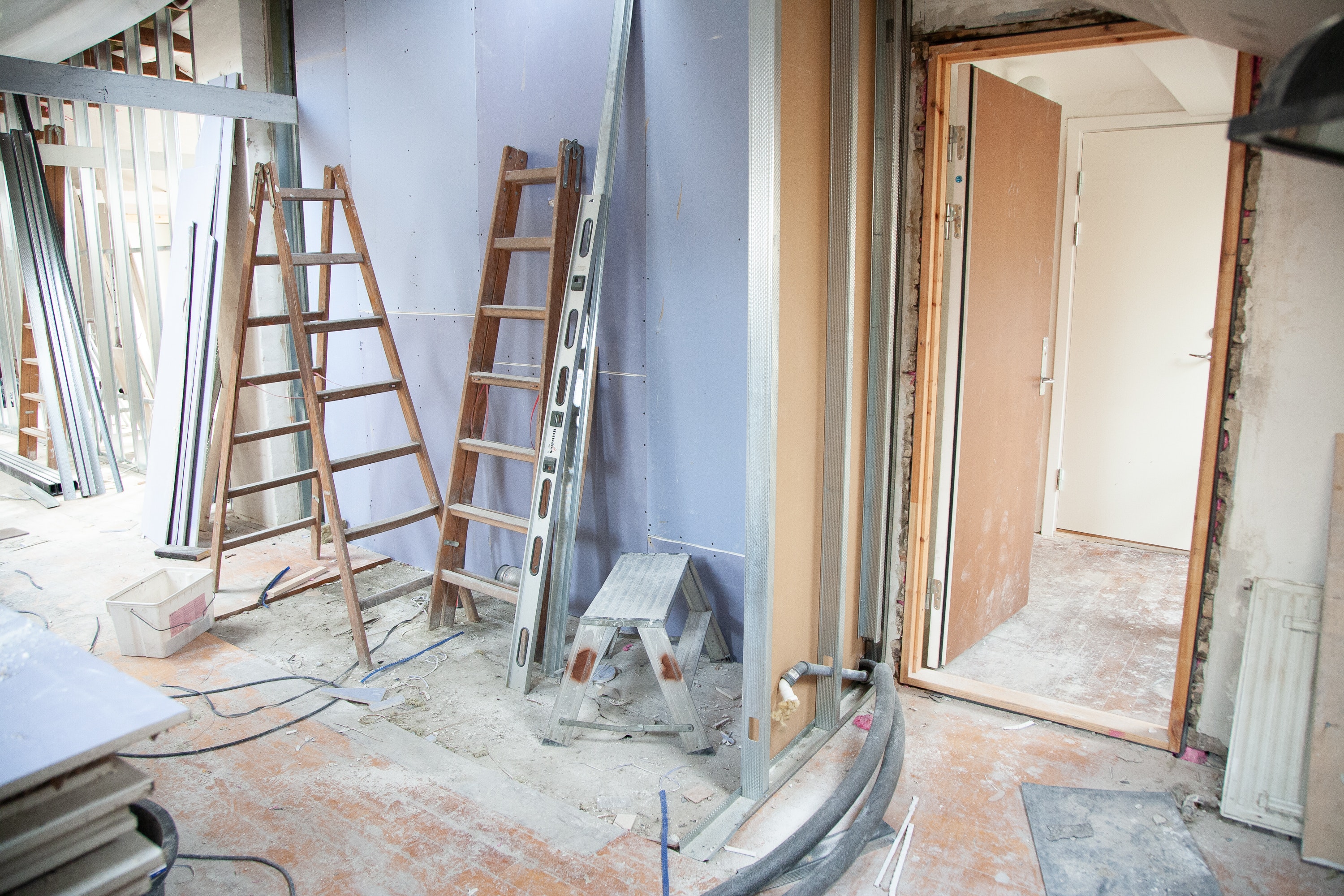
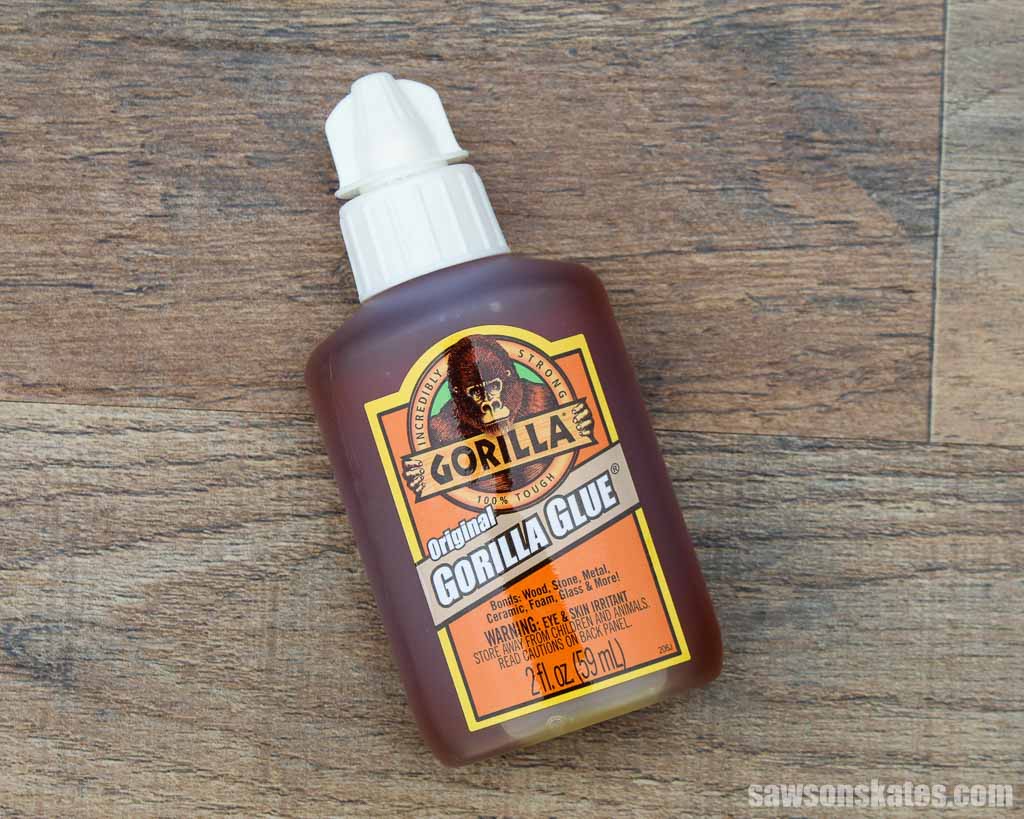


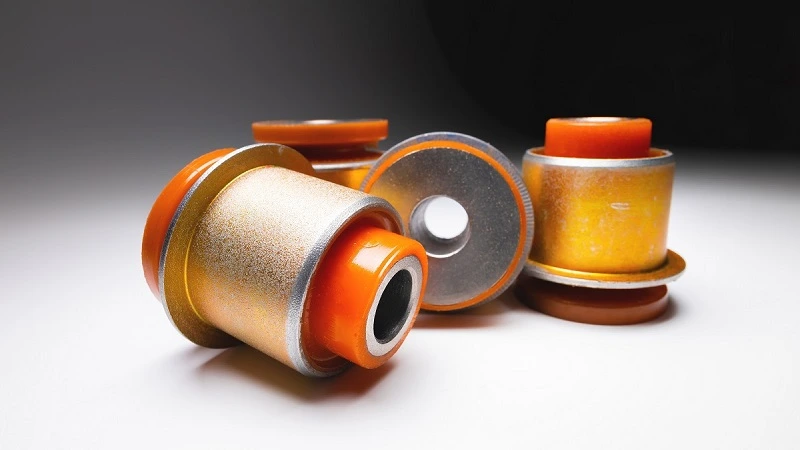
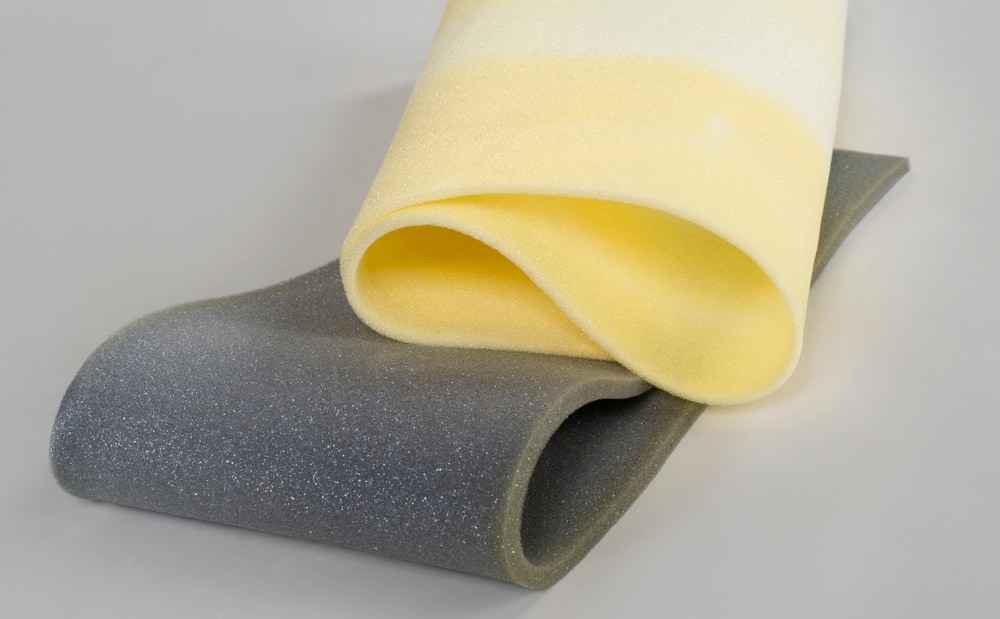
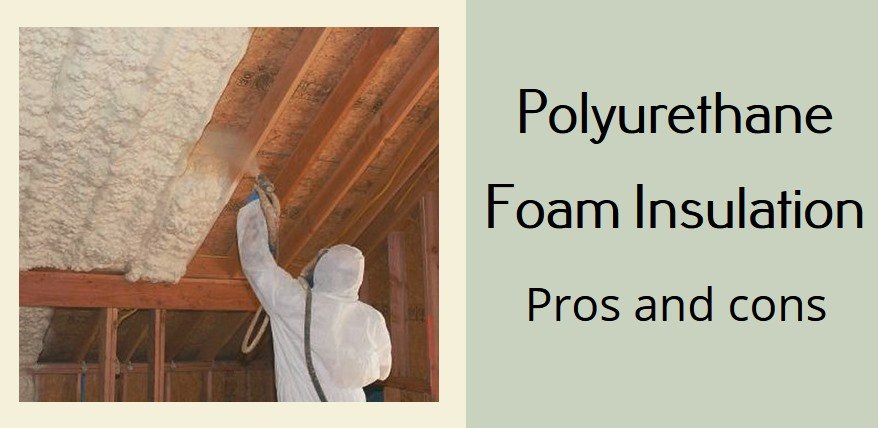

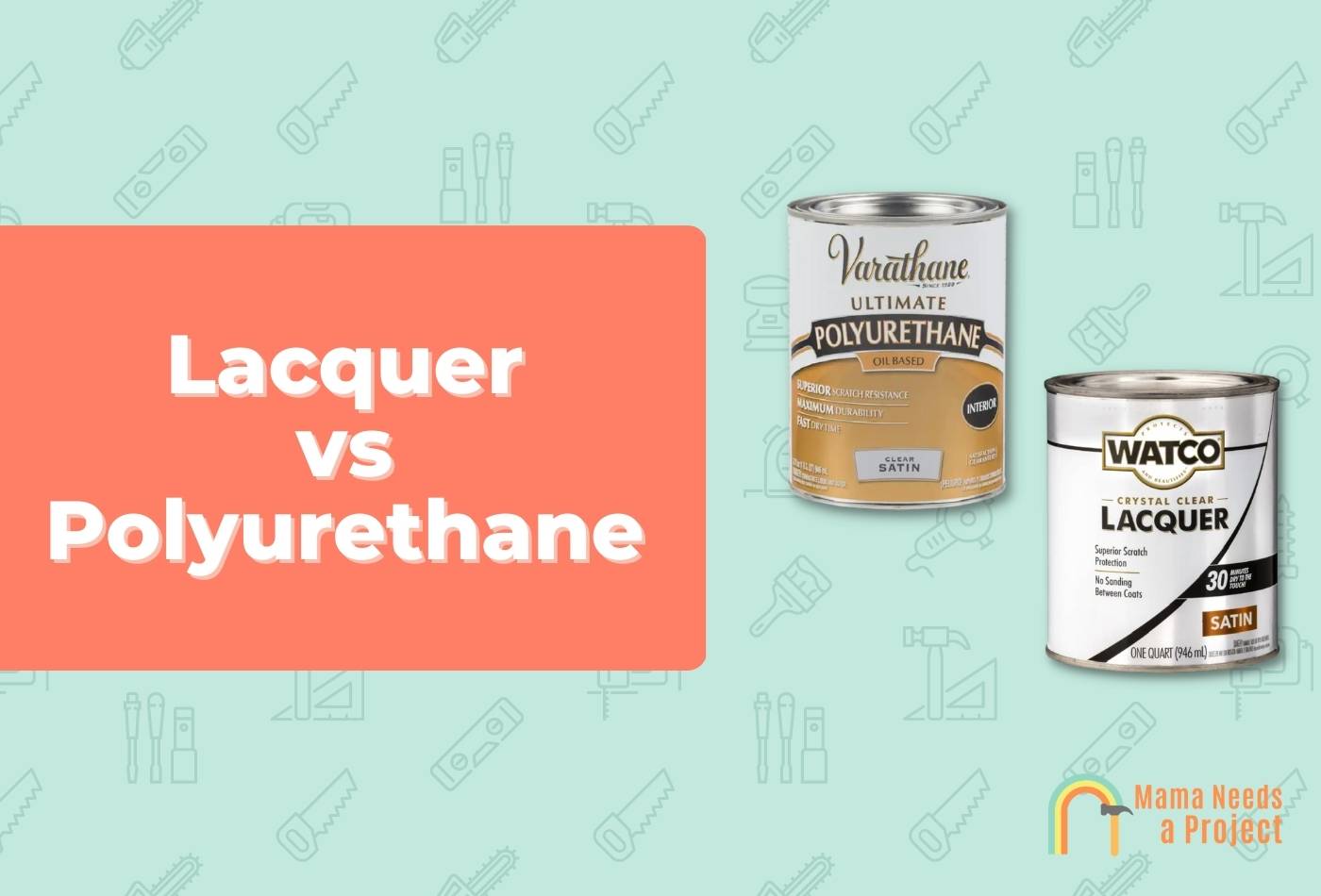

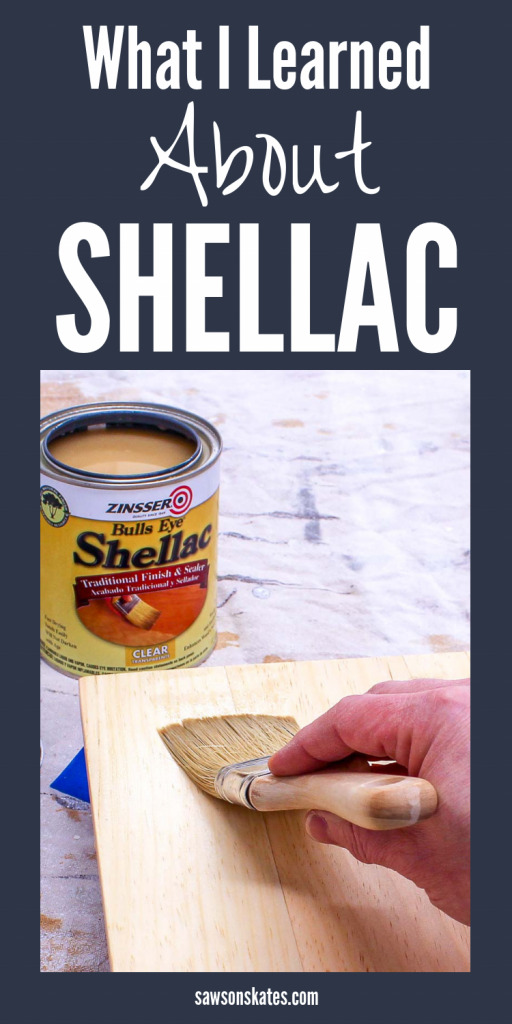
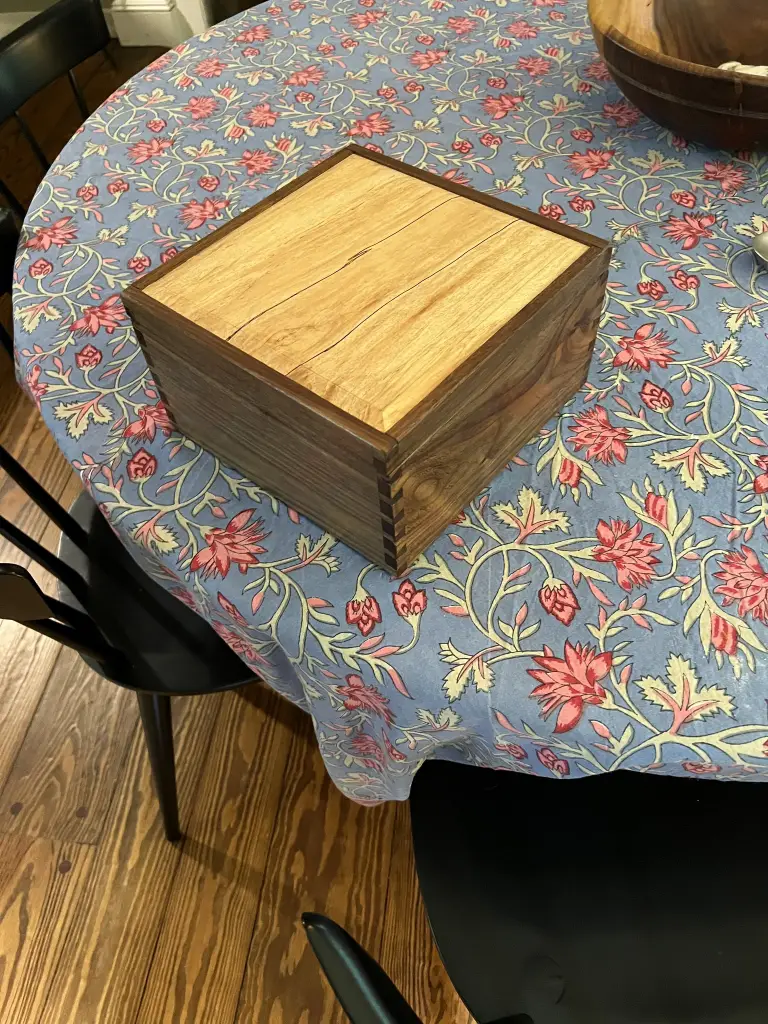



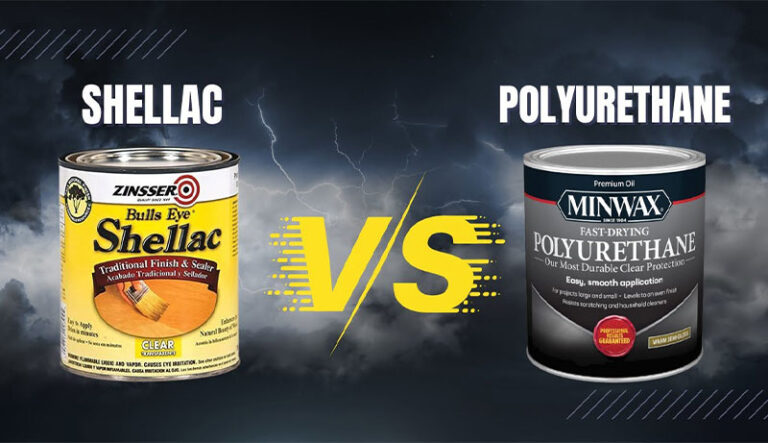

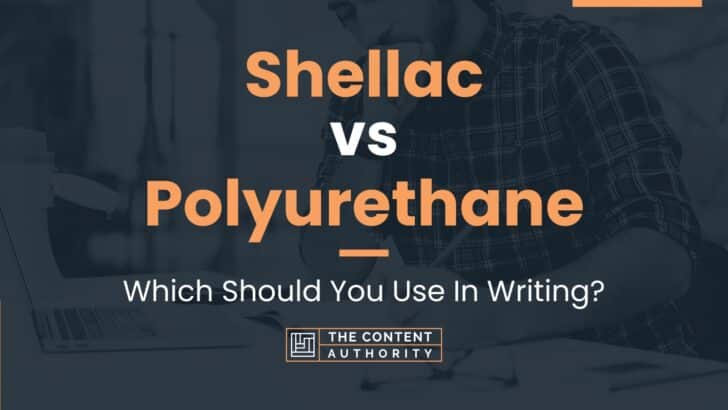






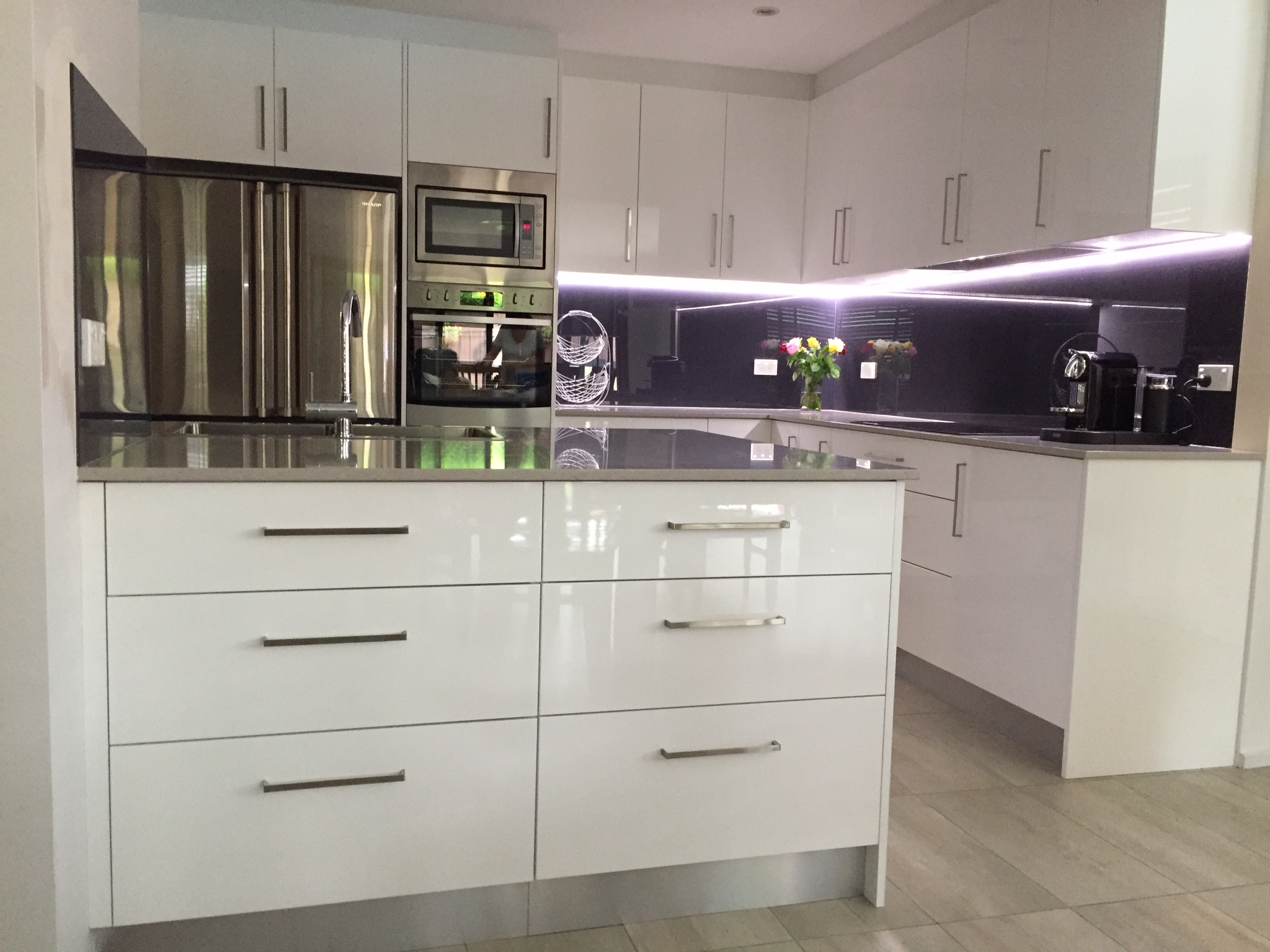




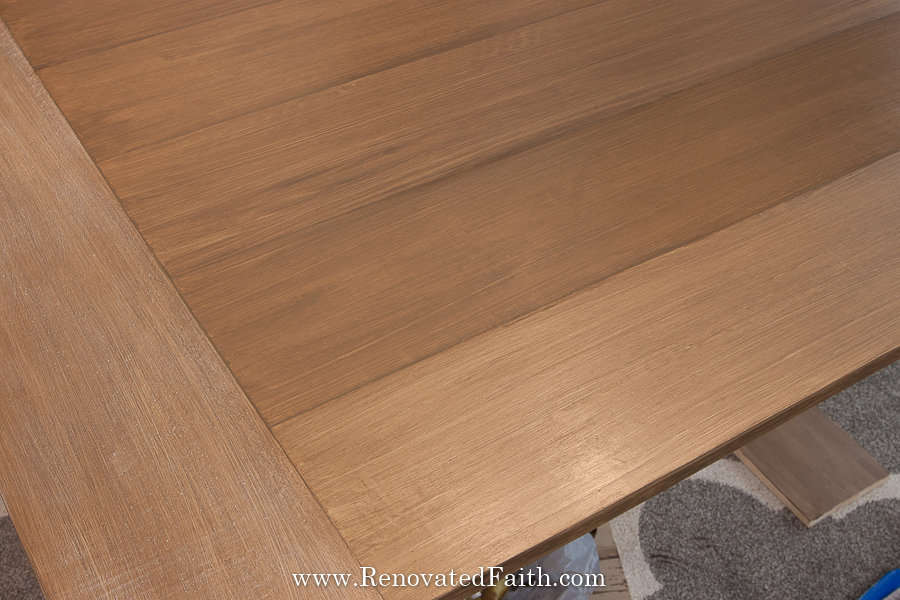
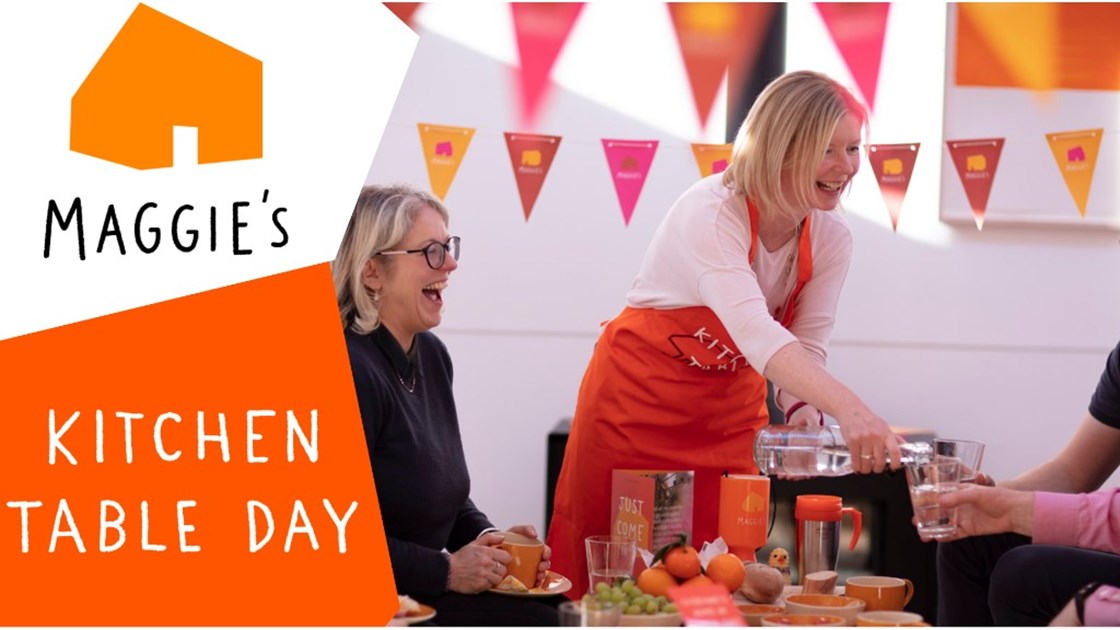
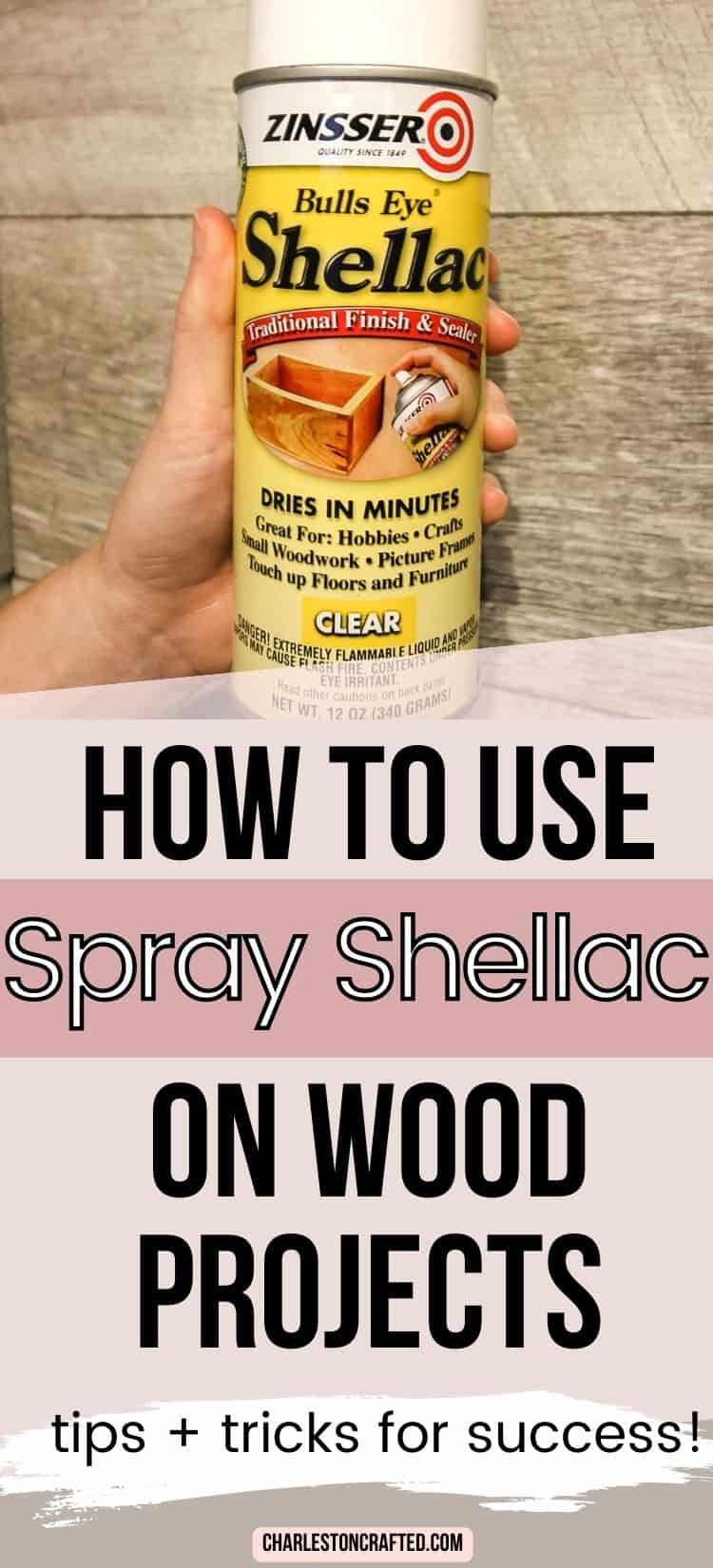










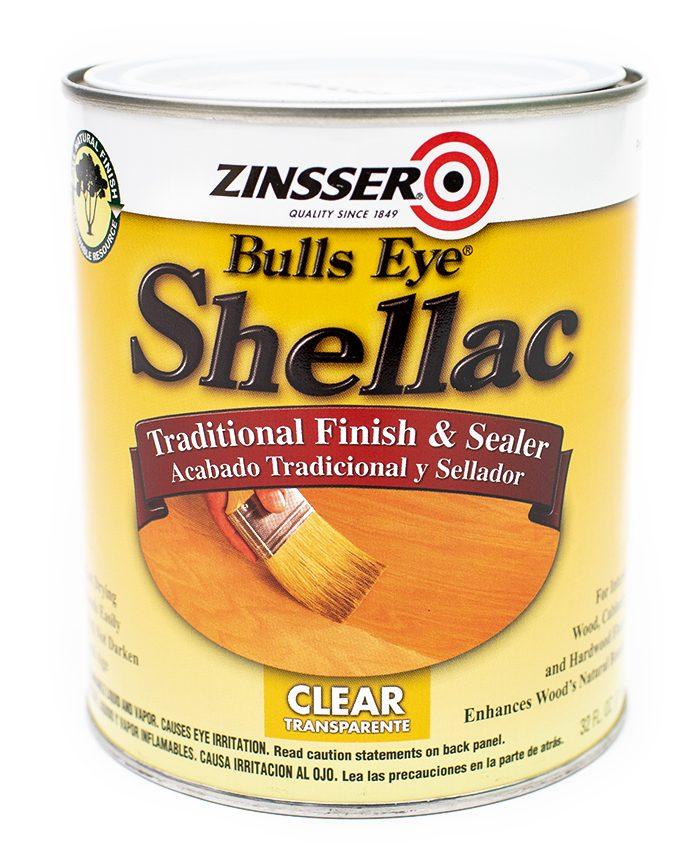


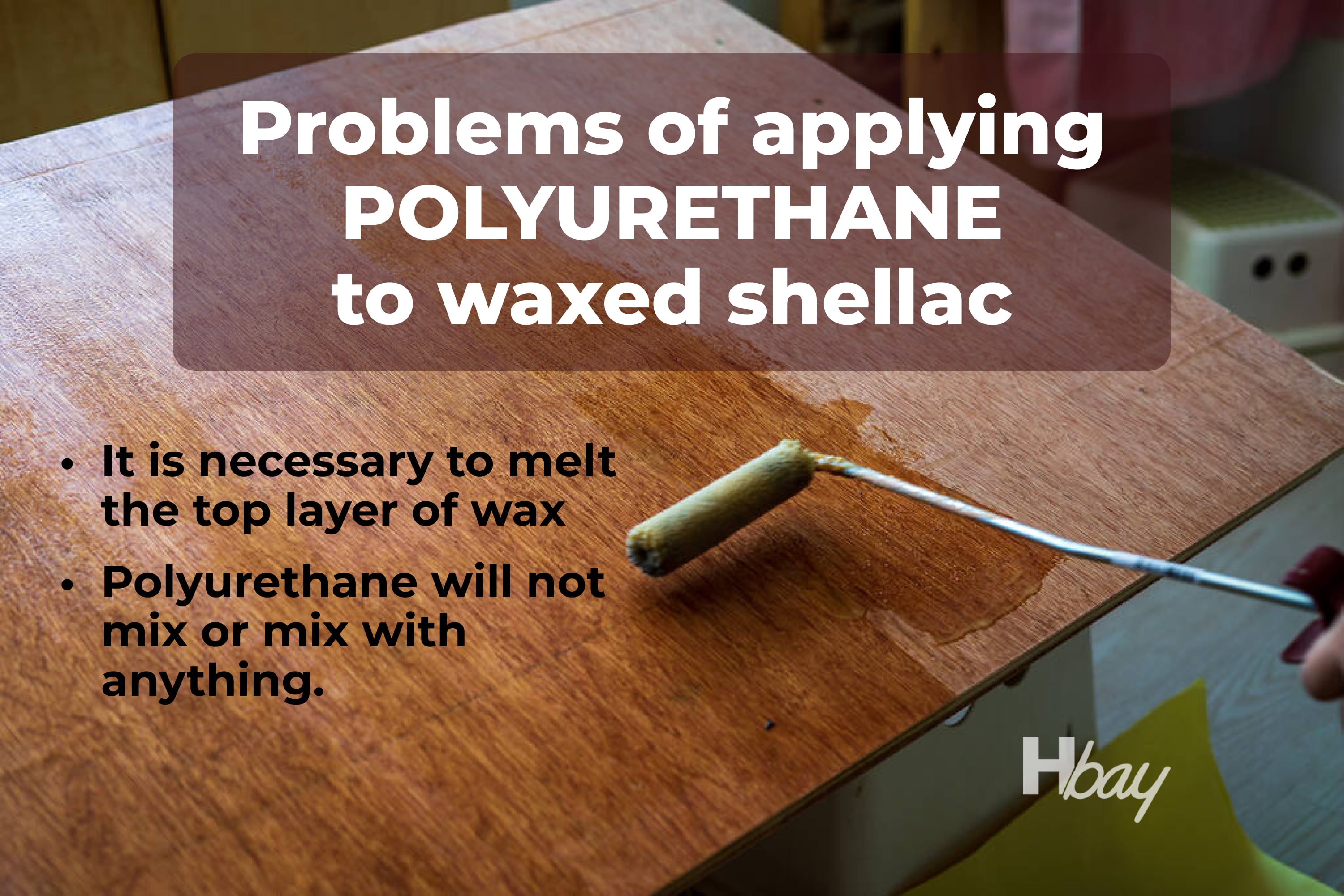



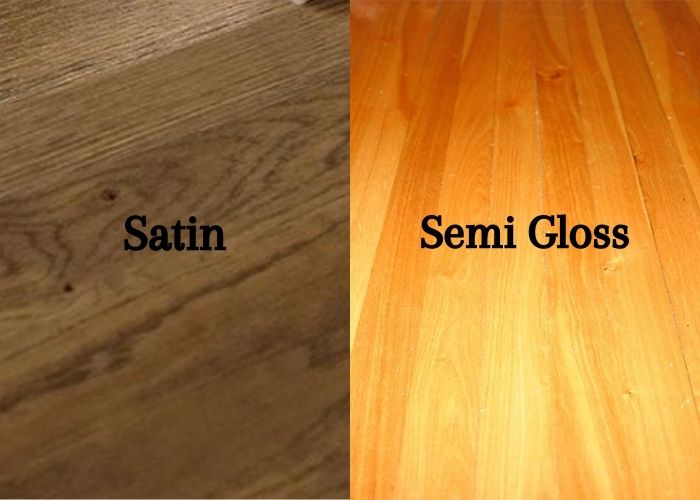
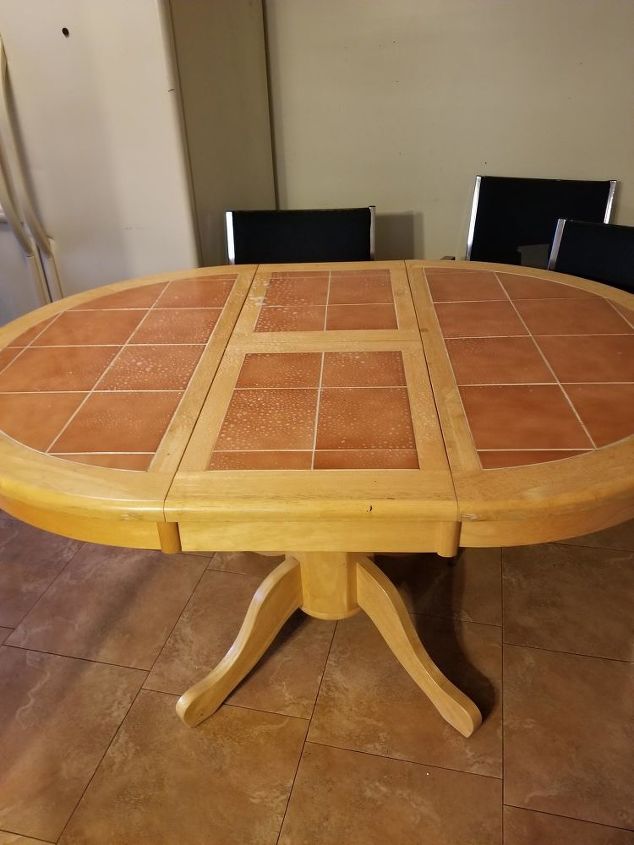







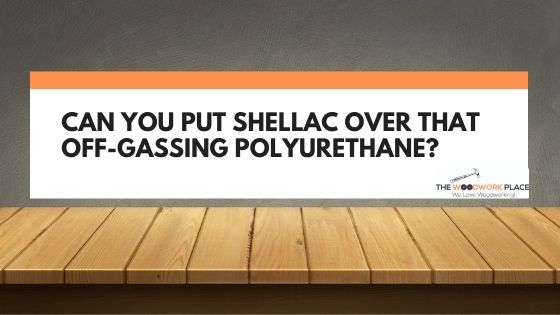

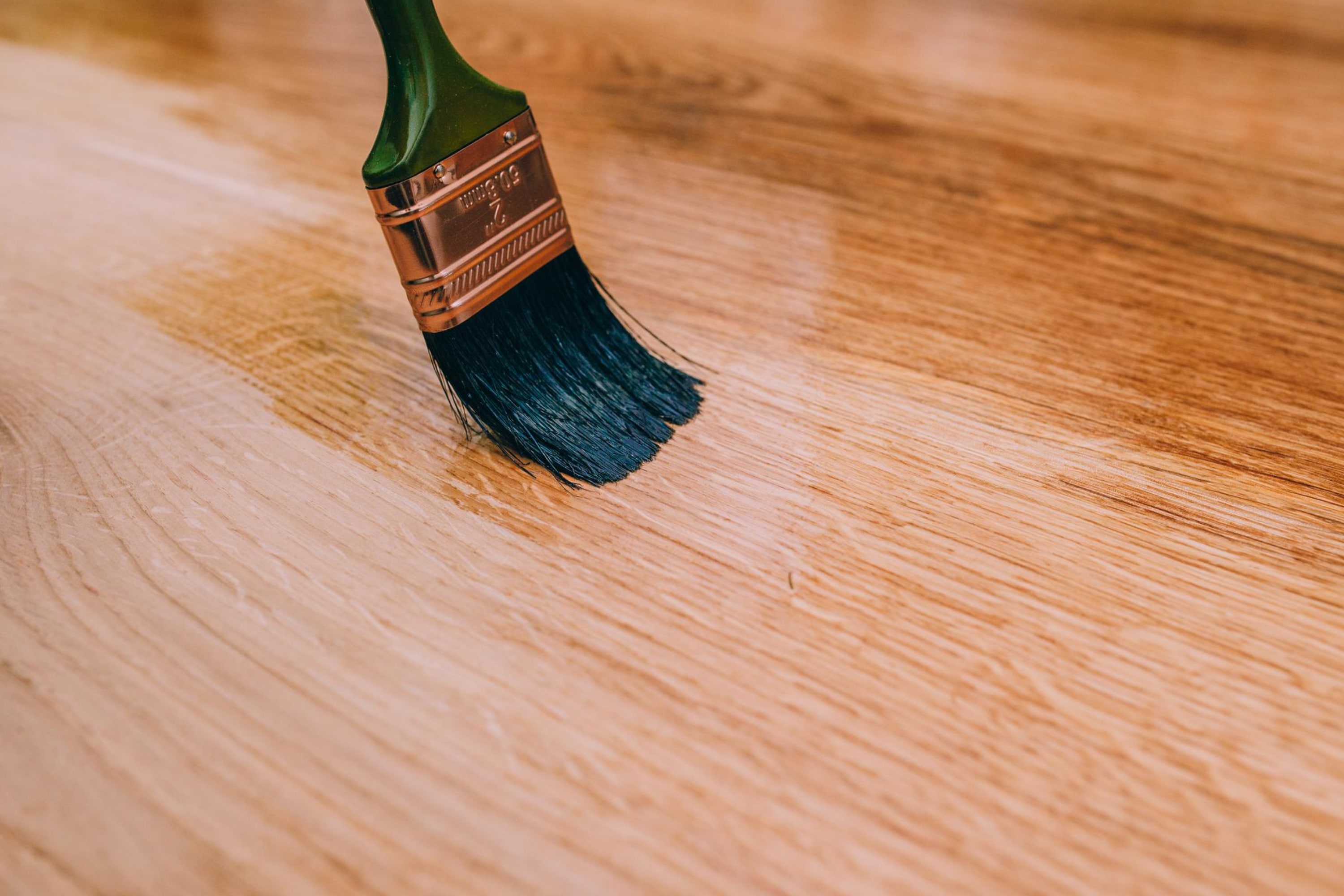
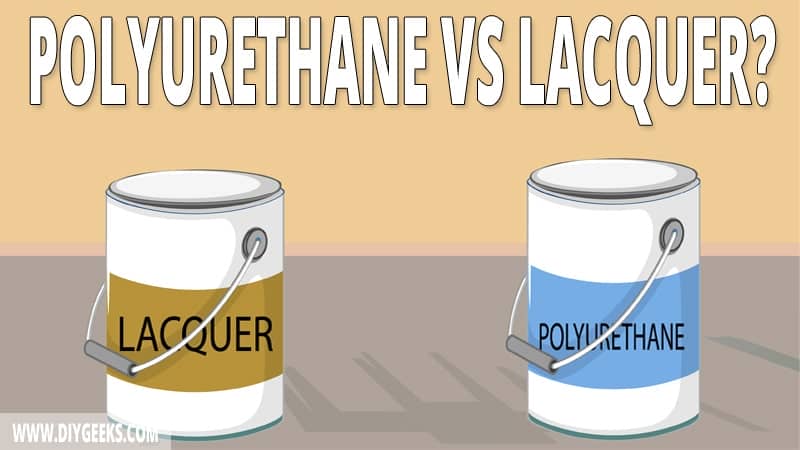
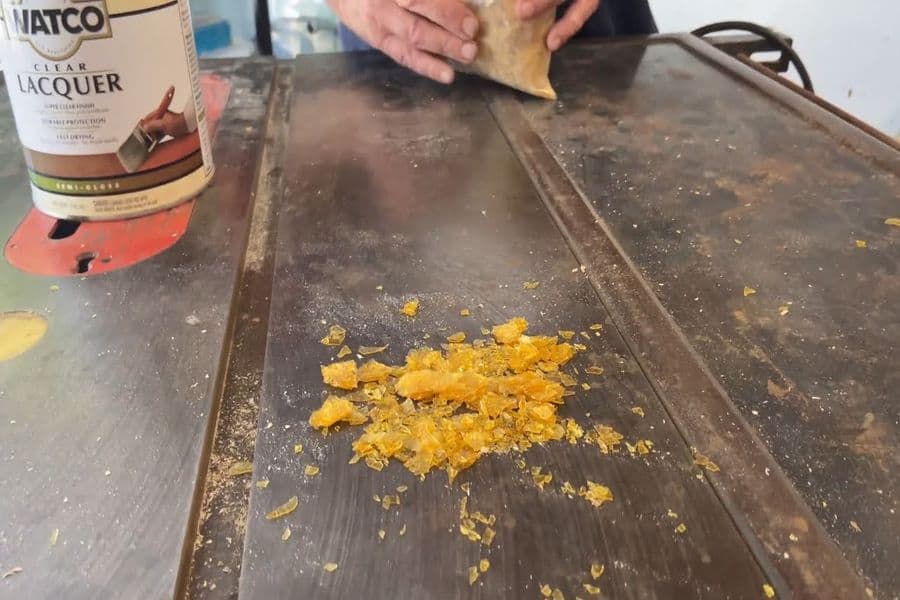







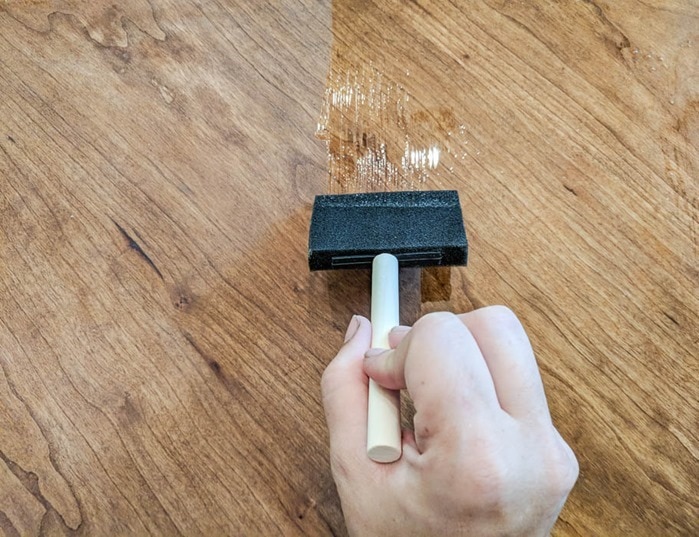
.jpg)



